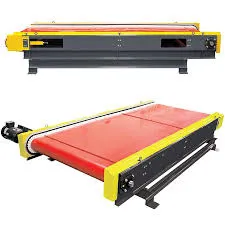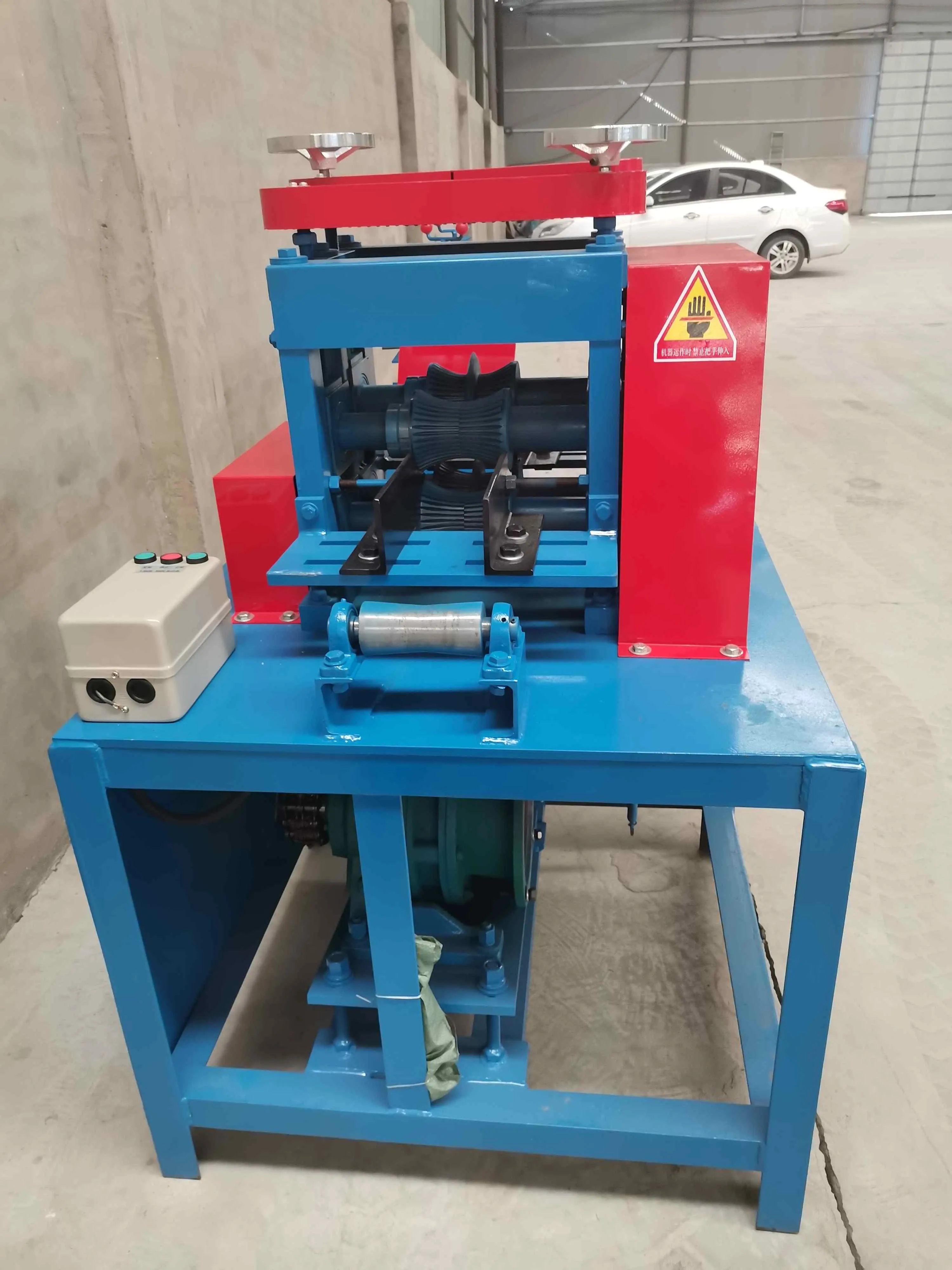Disposing of old printers can present a unique challenge, given their complex construction and the need for environmental responsibility. Many people often find themselves staring at outdated printers, unsure of what steps to take next. As someone with comprehensive experience navigating the disposal process, I've compiled some essential insights to guide you through the process.

First, consider the principle of responsible recycling. Printers contain various materials such as plastic, metal, and electronic components that can harm the environment if not disposed of correctly. E-waste facilities specialize in handling such materials properly. Most communities have designated e-waste recycling centers where you can drop off your old printer. Before you visit, verify whether the facility accepts printers, as some may have specific guidelines or restrictions.
Recycling programs led by manufacturers are also a commendable option. Many prominent printer manufacturers have established take-back programs to manage their environmental impact. Brands like HP, Canon, and Epson allow customers to return outdated equipment either through mail-back options or specific drop-off points. Engaging directly with these programs not only simplifies the disposal process but also ensures compliance with eco-friendly standards.

In cases where recycling isn't feasible, donation offers an alternative path. Many non-profits, schools, and community centers are often in need of functioning printers. Before donating,
ensure the printer is in good working condition. Minor repairs might be necessary; however, they extend the useful life of the device, which is a sustainable choice. Organizations usually appreciate receiving functioning electronics as it supports educational and operational activities.
Trade-in programs serve as another disposal avenue, often providing dual benefits. Retailers such as Best Buy and Office Depot frequently offer trade-in services where your old printer can earn you discounts or credit toward new purchases. This option not only disposes of the printer responsibly but also provides economic incentives, making it a win-win situation. Be sure to inquire about specific trade-in conditions, as they vary between retailers.
how do you dispose of printers
For those inclined towards creative projects, upcycling can transform old printers into something novel. Many enthusiasts have repurposed printer components into art, DIY projects, or even robotics kits. Although this requires a degree of creativity and technical skill, it allows you to breathe new life into what might otherwise be considered waste. This approach underlines sustainability through creativity and innovation.
When discussing printer disposal, data security emerges as an indispensable factor. Printers, especially modern ones, possess hard drives or memory where sensitive information could be stored. It's crucial to clear this data before parting with your device. Consulting your printer's manual or the manufacturer's website can offer guidance on performing a secure data wipe, thereby protecting your information from potential breaches.
Finally, local regulations and guidelines must not be overlooked. Different regions have varying laws regarding electronic waste disposal. Some areas prohibit disposal in regular trash due to the hazardous substances printers may contain. Familiarizing yourself with local e-waste laws ensures compliance and promotes community-wide environmentally conscious practices.
In summary, the disposal of printers is a multidimensional process involving responsible recycling, corporate take-back schemes, donations, trade-in programs, upcycling, and rigorous data protection. By adopting informed and eco-friendly approaches, you contribute positively to the environment and project assured trustworthiness in your disposal methods. These responsible practices not only reflect personal diligence but also endorse societal efforts towards environmental sustainability.


